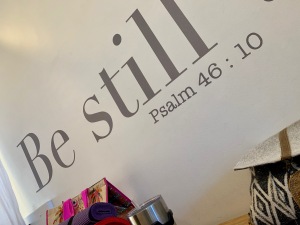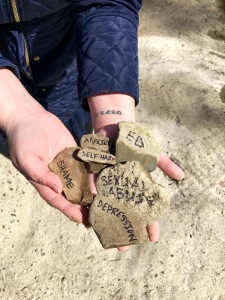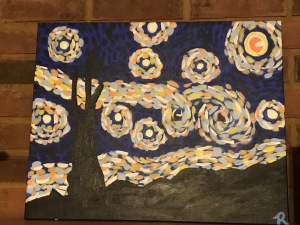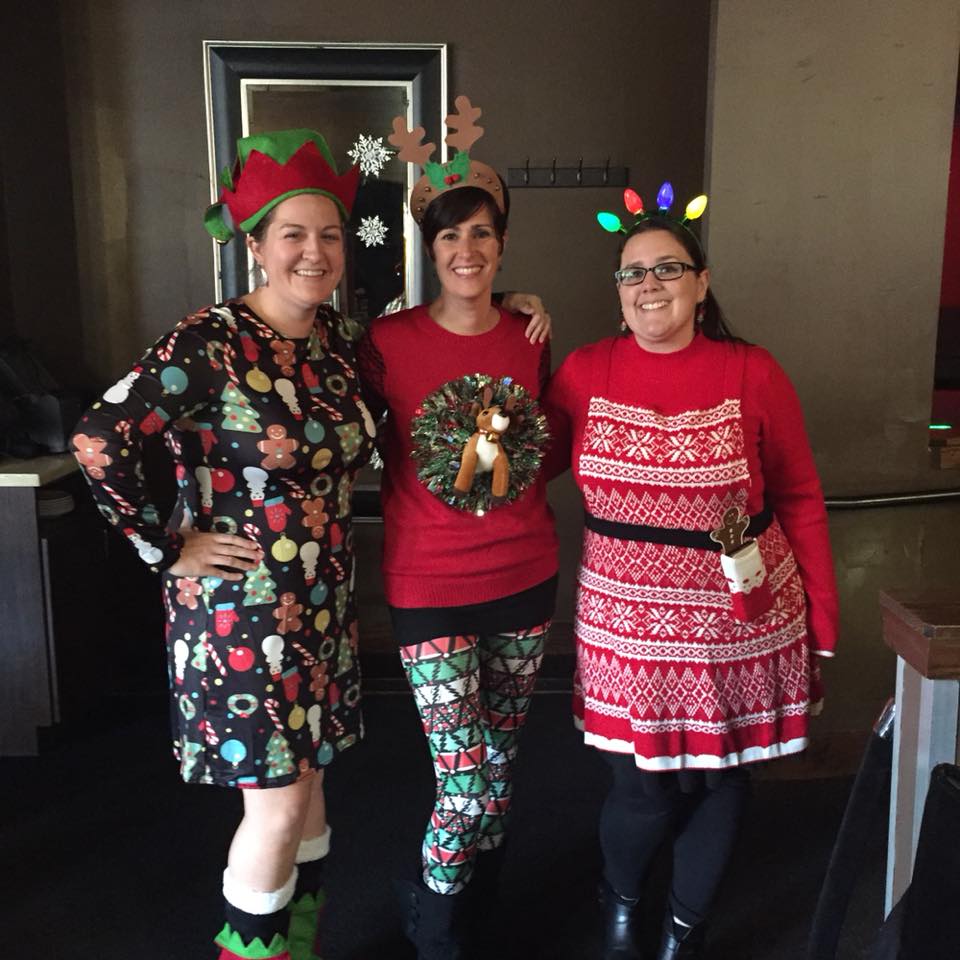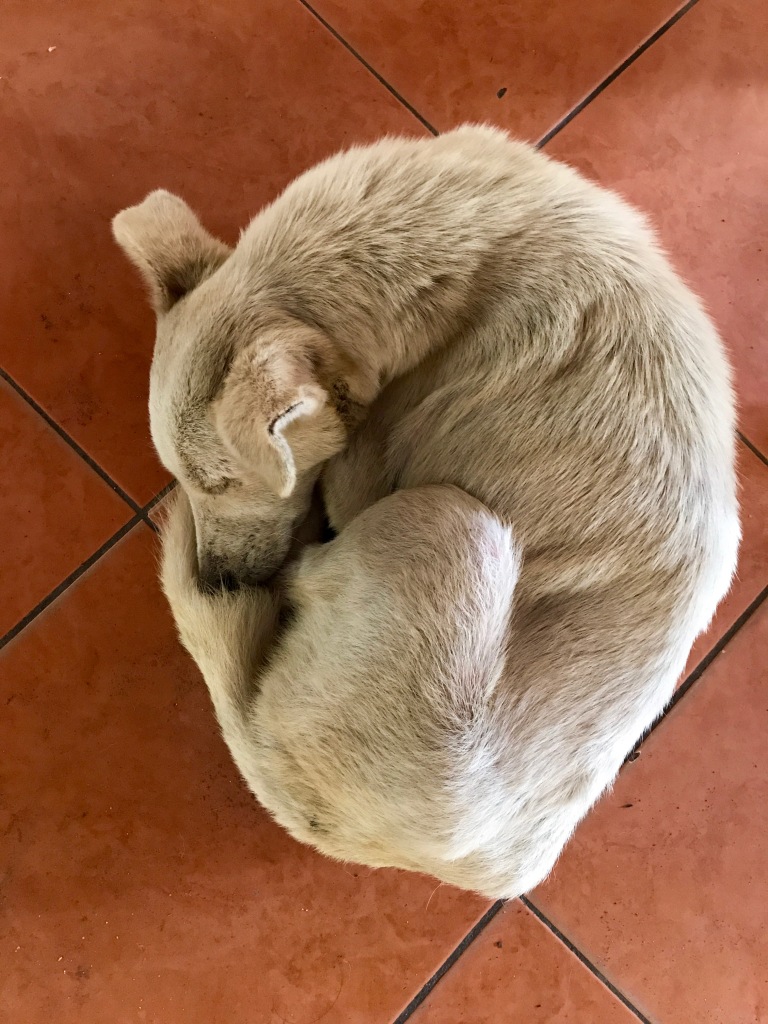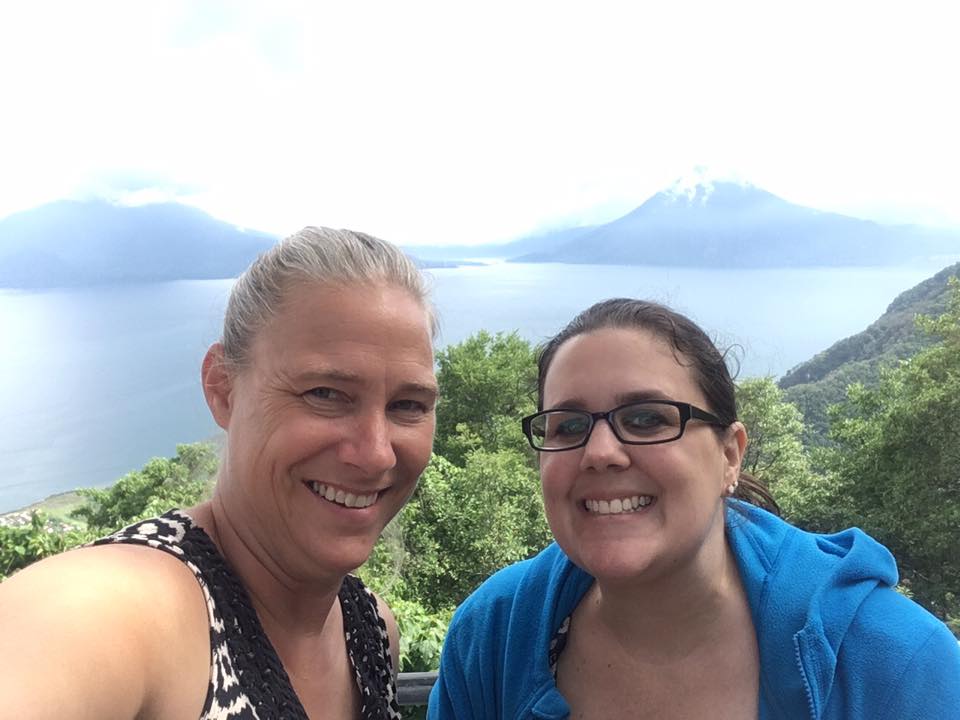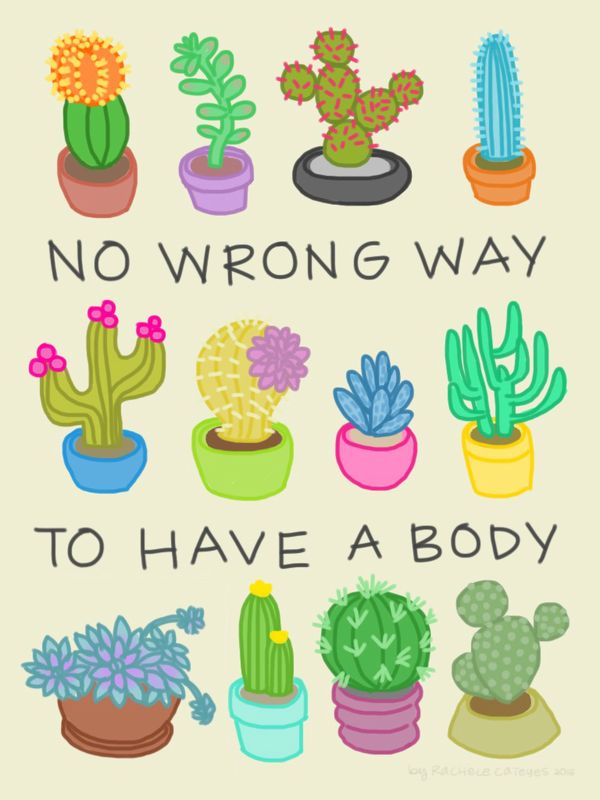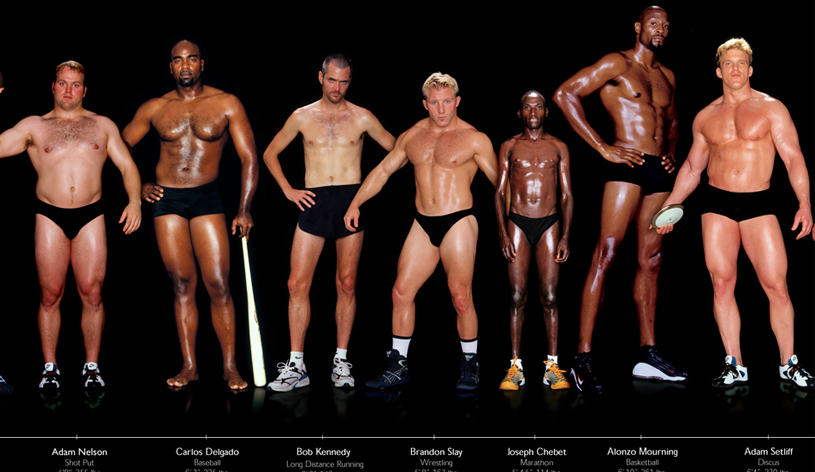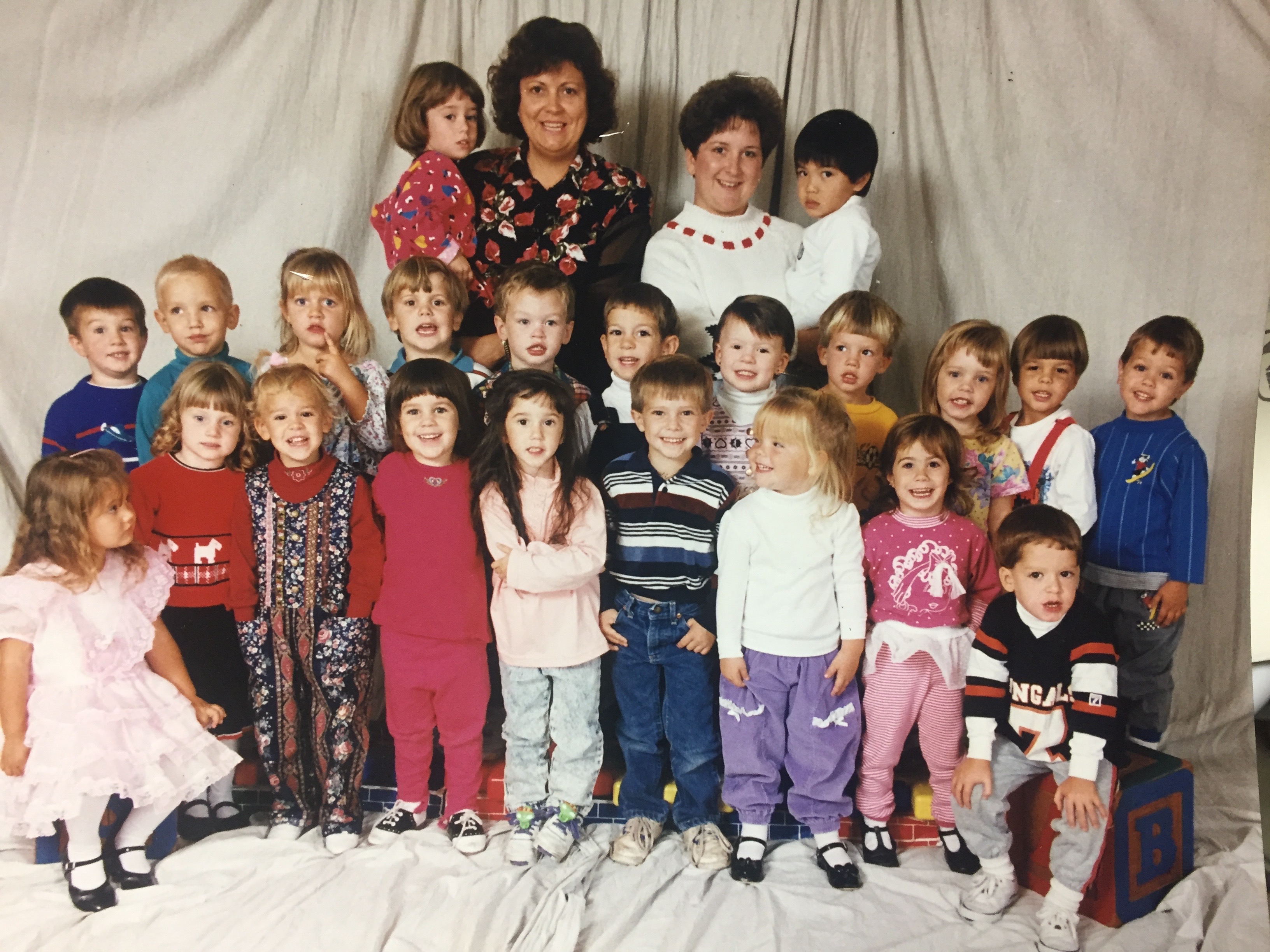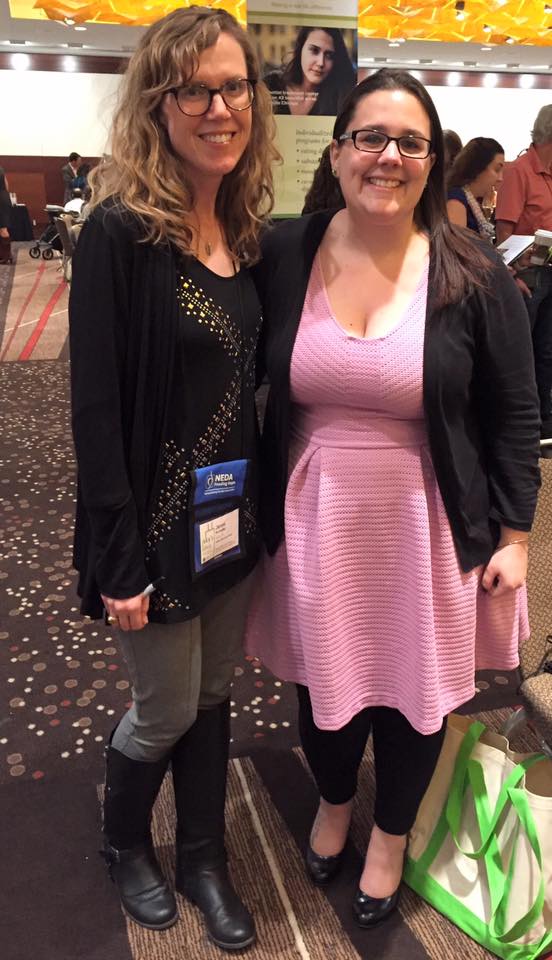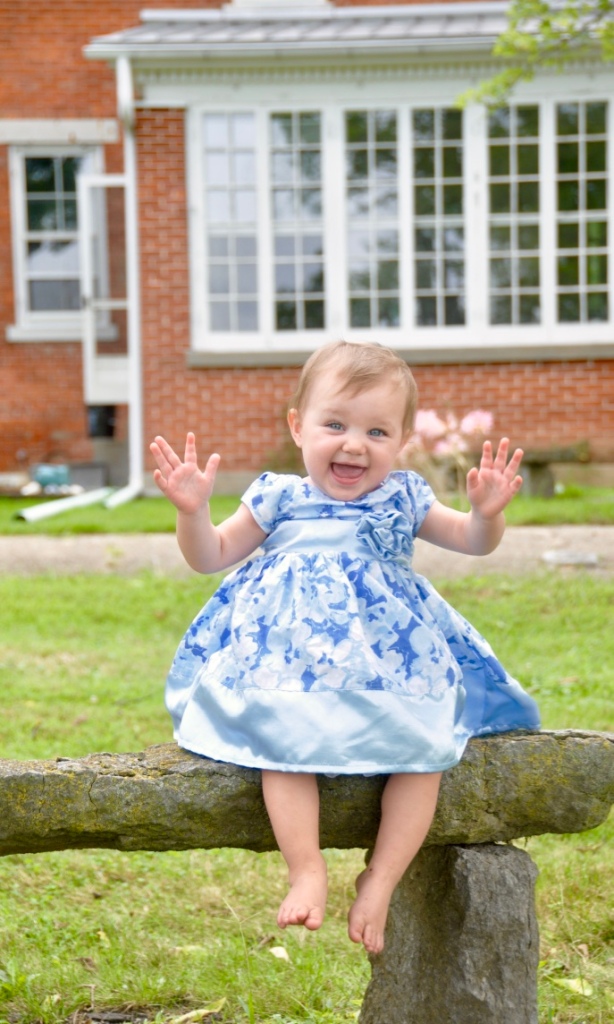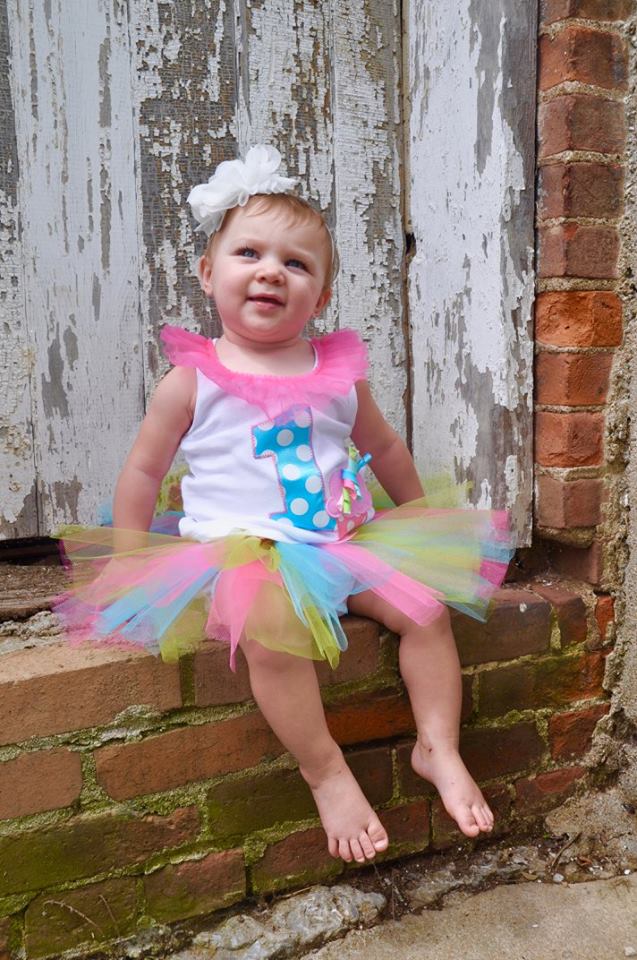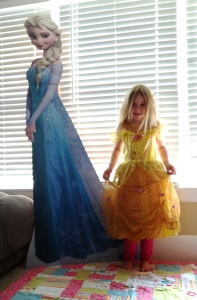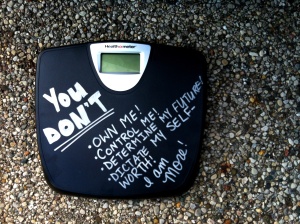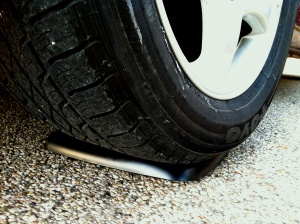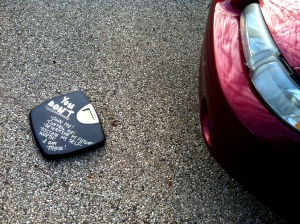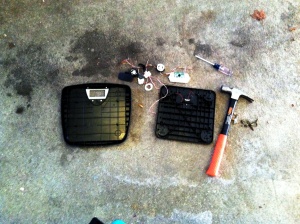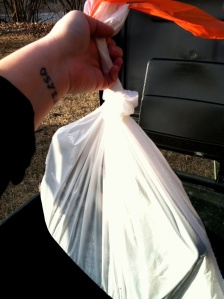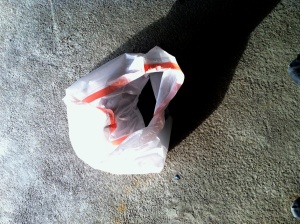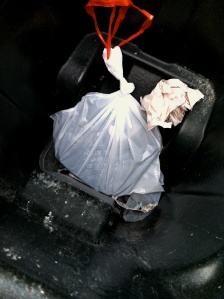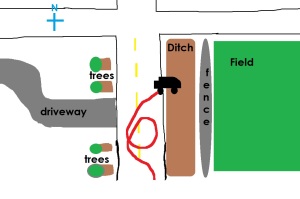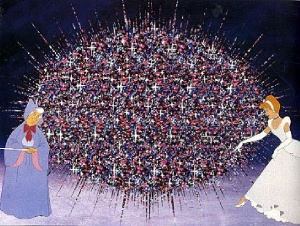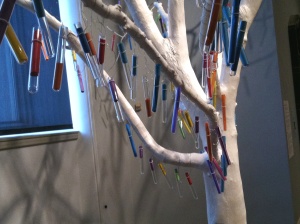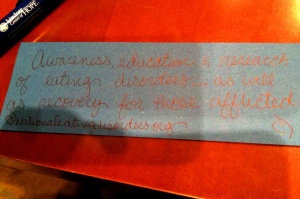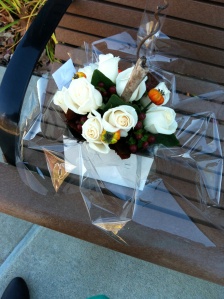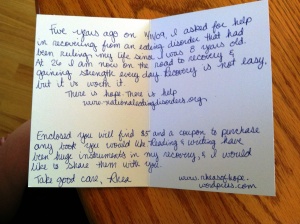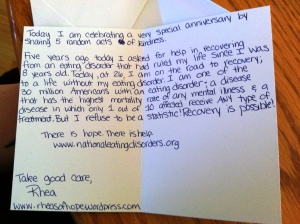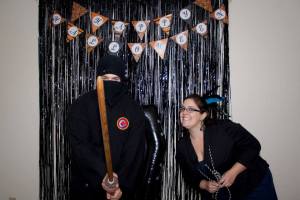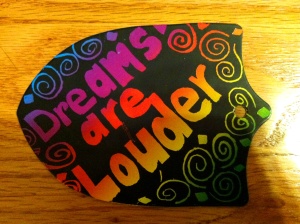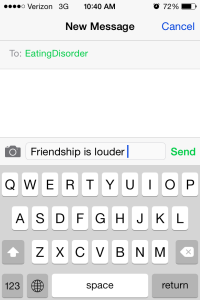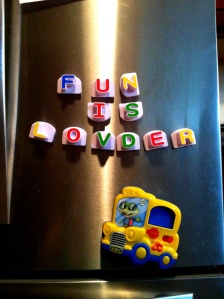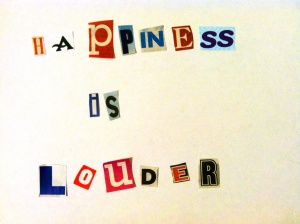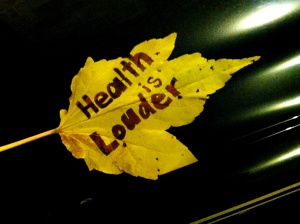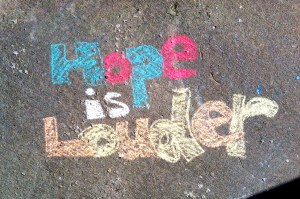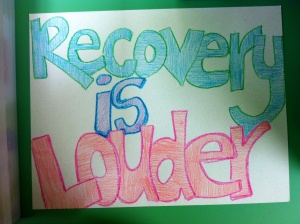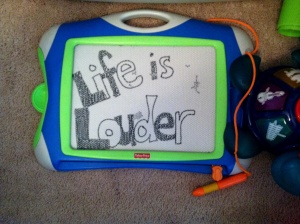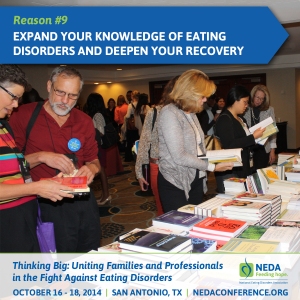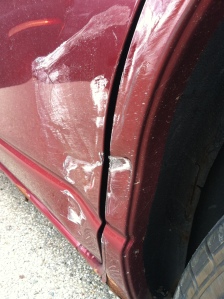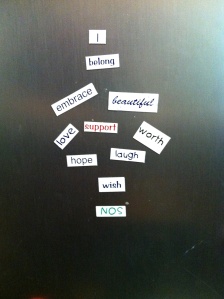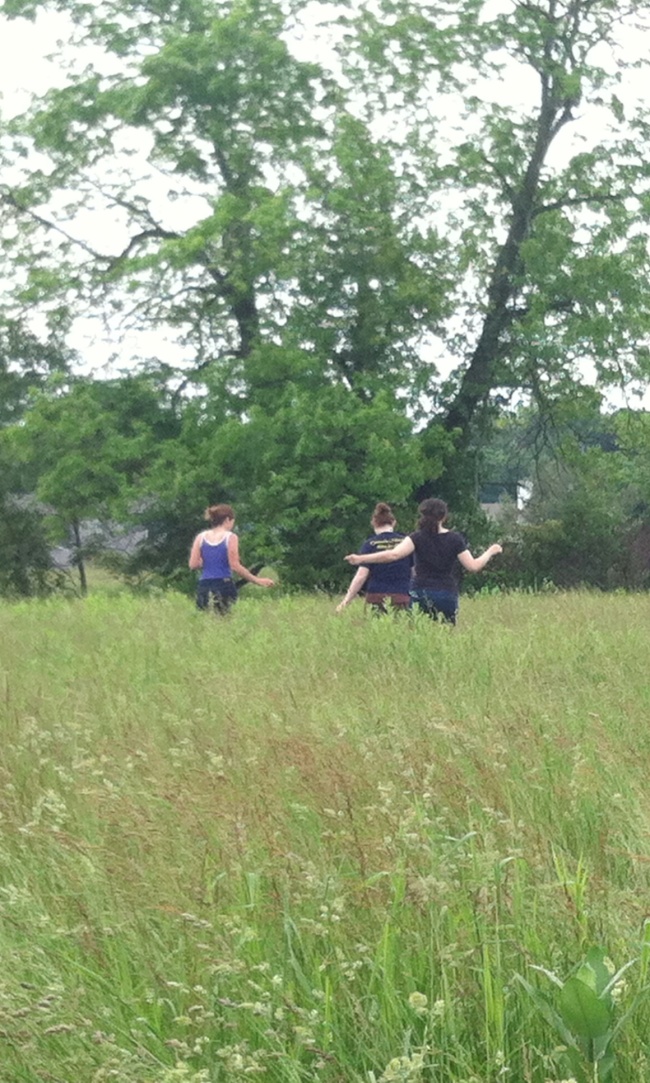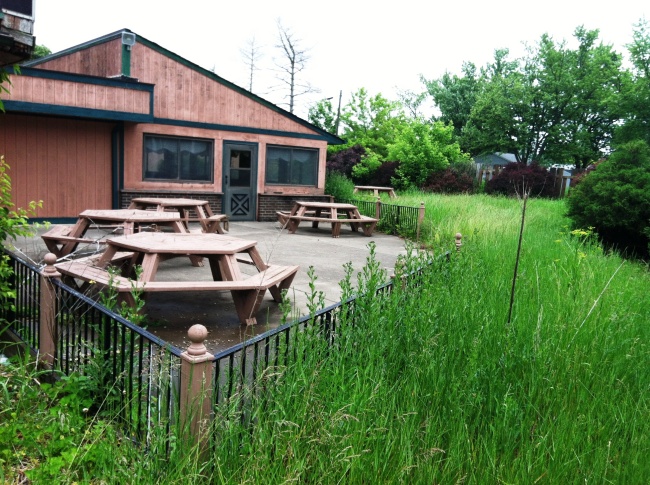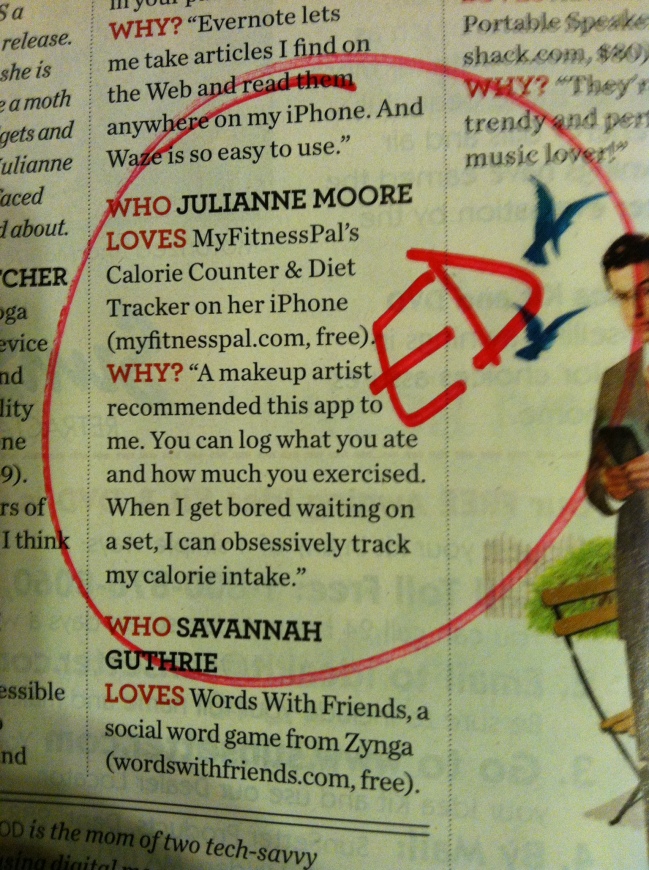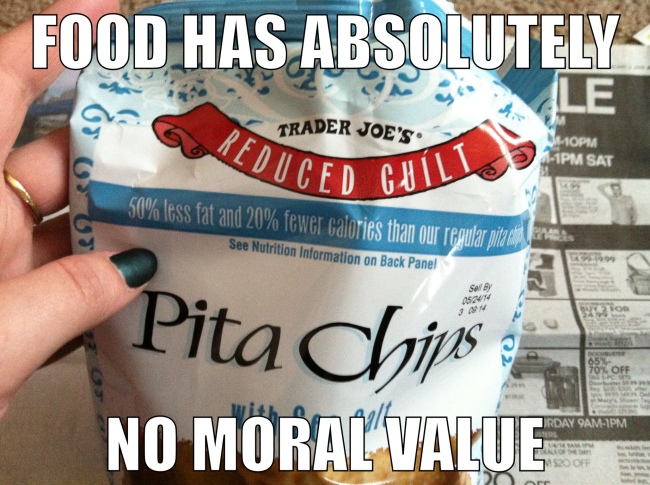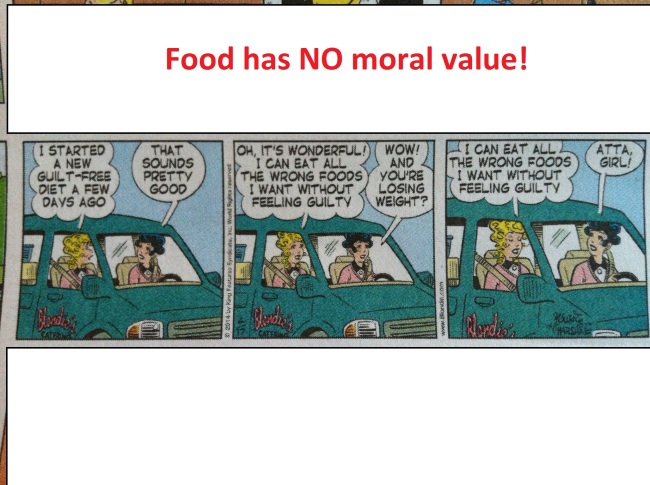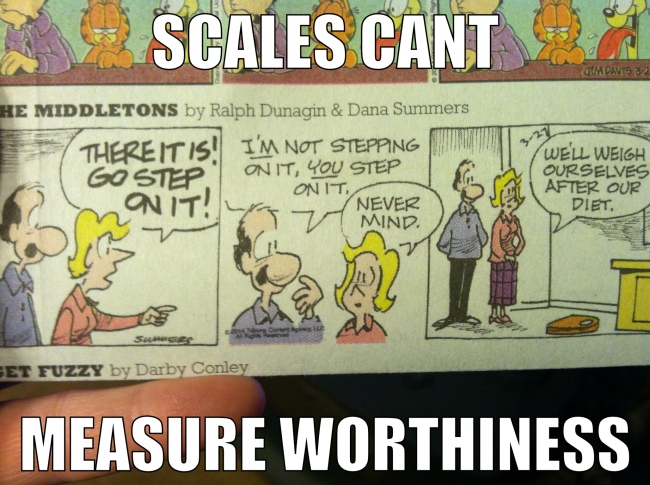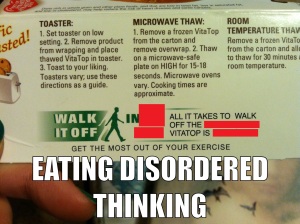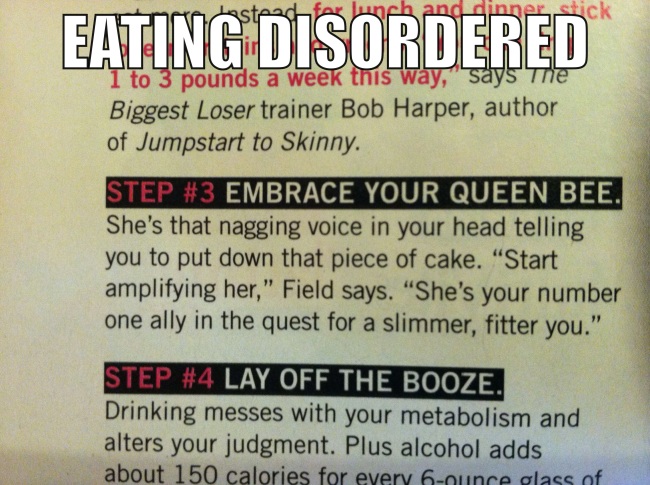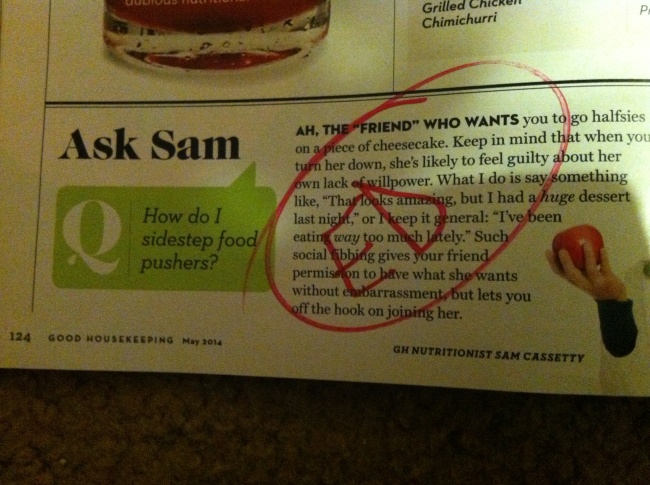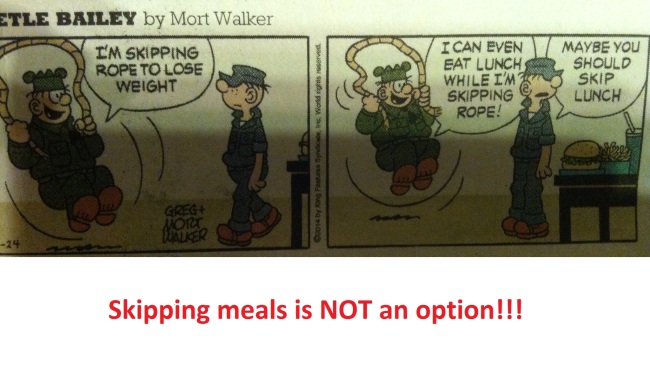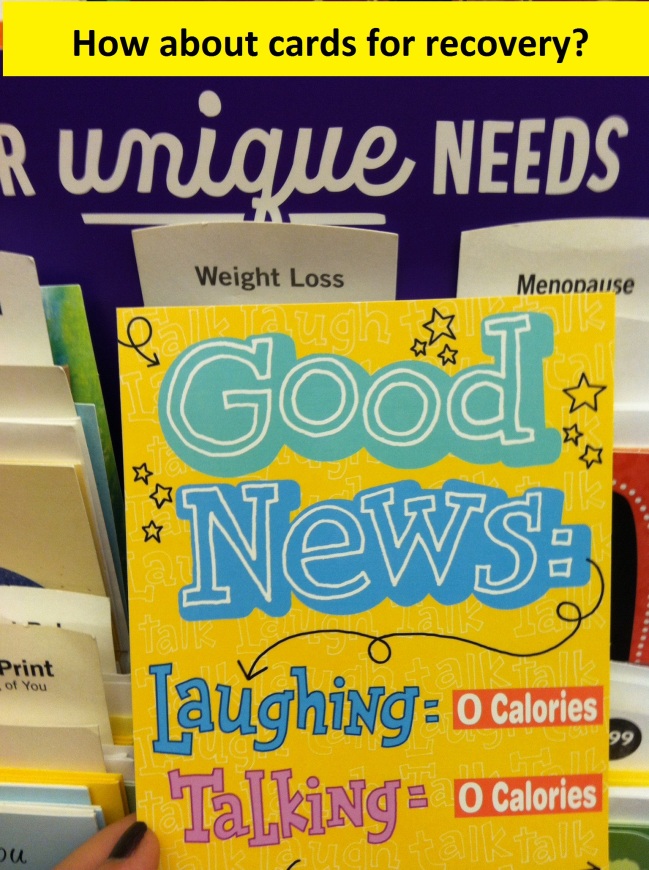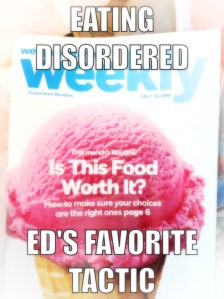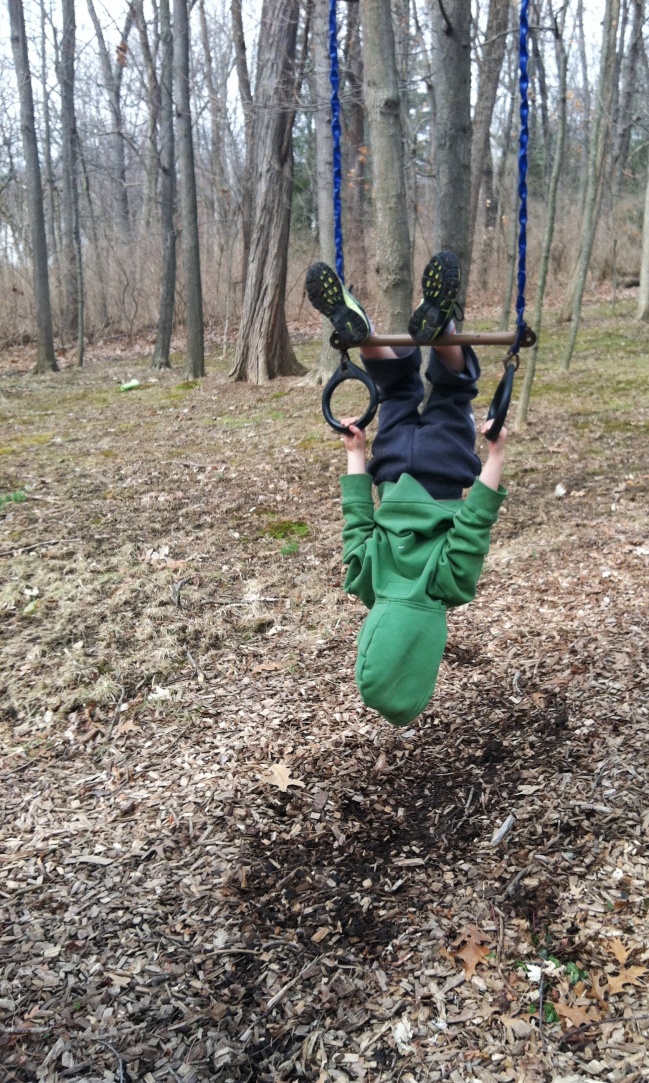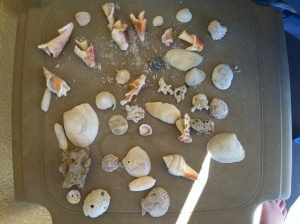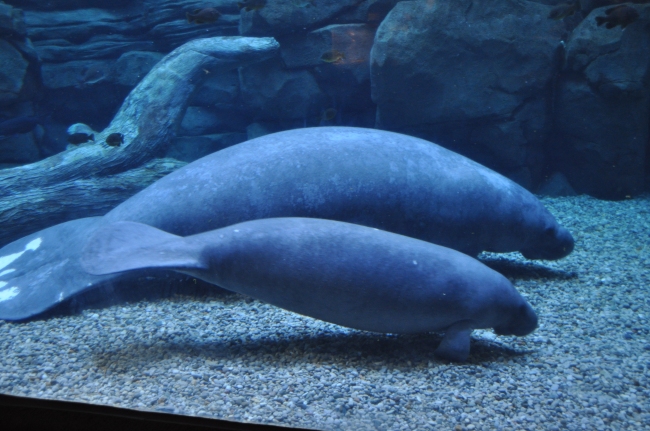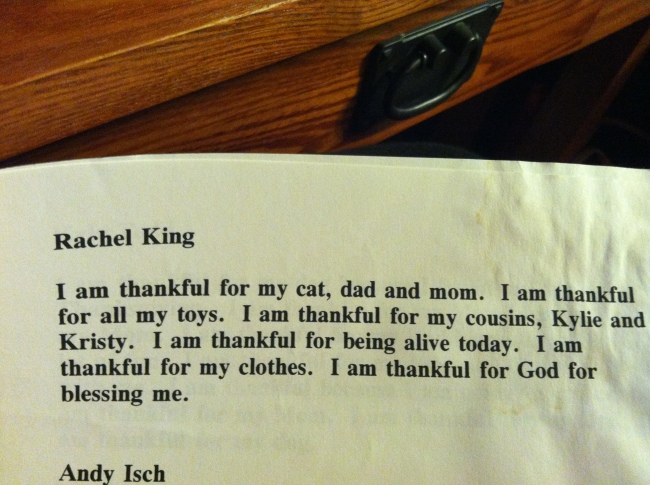Staring into the showerhead as I wash my face, I notice its edges begin to appear a little fuzzy. Blinking to adjust my sight causes the outside of my vision to go blurry and then slowly fade to black from the outside inward. Grabbing the handle on the wall, I lower my body into the bathtub as I pass out. I don’t remember getting out of the bathtub or wrapping my body in a towel. I awaken several hours later—wrapped in a cold, wet towel—laying in the fetal position on my bed.
This was my reality of over twelve years living with atypical anorexia; twenty-two years, in total, with myriad manifestations of eating disorders.
Atypical Anorexia, listed as a sub-category under the Other Specified Feeding and Eating Disorder (OSFED) diagnosis in the DSM-V, is known to be one of the most prevalent yet most misunderstood eating disorders. As with all eating disorders, atypical anorexia is multi-causal in nature; a combination of biology, psychology, and social factors. Similarly to anorexia nervosa, atypical anorexia hinges upon severe restriction of caloric intake, distorted body image, and compensatory behaviors to prevent weight gain. The only variance between a diagnosis of anorexia nervosa and atypical anorexia is the criteria of low body weight needed for an anorexia nervosa diagnosis.
What was the hindrance that kept me from receiving appropriate and effective treatment for my atypical anorexia? I was above average in my weight for the duration of my illness. This is why I now fight for better access to life-saving treatment for all eating disorders at all weights in all cross-sections of people.
Talking to a Doctor About an Eating Disorder
Looking down at the blue prescription slip handed to me by my general practitioner, I read the hastily scribbled words, “Welcome to adulthood.” I had come to him with concerns that my painstakingly calculated, calorically restricted diet and exercise regimen was no longer producing the desired amount of weight loss.
By this point—though still at an above average weight for my 5’2” stature—I had lost 35% of my total body weight, and my doctor was encouraging further weight loss. Rather than listen to my concerns, recognize I had a serious eating disorder, and respond in a way that could guide me toward recovery, my doctor chose to use this visit to mock my concerns. He then encouraged me to eat fewer calories and exercise more if I was “truly serious” about wanting to lose more weight; which, he added, I should be.
Even when I mentioned the possibility of an eating disorder, he stated that restrictive eating disorders are “not often found in overweight individuals.” Contemptuously turning the question back on me, he smirked, “Well, do YOU think you have an eating disorder?” I didn’t have an answer. I knew that what I had been doing to my body wasn’t healthy, but I didn’t know if it was a “real” eating disorder. I sat there in shame; shame at my weight, shame at not knowing if I had an eating disorder, and shame at how I was being treated.
He then indicated his intention to notate my “weight concerns”—not an eating disorder—as an “adjustment disorder” in my chart. When I asked what “adjustment disorder” entails, my doctor explained by likening my life-threatening eating disorder to the melancholy his nurse was feeling as she turned 50; “we all have difficulty handling life’s transitions, and I think that is what you’re experiencing right now.” I later learned that even his definition of an adjustment disorder was not completely correct. Nevertheless, he stated that this non-diagnosis of an eating disorder—recording it, instead, as an adjustment disorder–was to prevent other doctors from not accepting me as a patient in the future; as an eating disorder would be a scarlet letter barring me from future medical treatment. The reality of the situation was that he was the doctor barring my access to effective treatment.
If you find yourself in a similar situation, you have the right to advocate for yourself. After two years spent with this doctor, I decided I was worthy of finding proper medical care and sought out a new general practitioner. Just as a manager spends time interviewing applicants to select the one most fitting for the job position, we have the right to interview physicians. I started this process by asking a friend of mine—who is an internist—which fellow doctor she would recommend for someone with atypical anorexia in a larger body.
After researching the doctor recommended by my friend on both her website and in patient and medical reviews, I decided to schedule a meeting in which I asked about her views: on atypical anorexia, her treatment of patients in higher weight bodies, her view on Health At Every Size (HAES), and more. I would recommend writing questions beforehand and bringing them to the office to ensure you’re able to ask everything you wish to address. While this new doctor was a good fit for me, had she not been, I would have the right to meet with another doctor—and another—until I found one that was suitable for my needs.
If changing doctors is not an option for you, you can still advocate for proper treatment for yourself. One thing that I tried was being honest when the doctor said things that triggered my eating disorder. For example, when my first doctor recommended that I eat fewer calories, I explained to him that I was not consuming enough calories as is, and that lowering that already minimal number would be detrimental to my health.
While I do not feel I was heard, it is my right as a patient to voice my opinion about my care—or lack of care. Another option is to bring information on your condition to your provider. Doctors learn about myriad conditions while in medical school, which means—unfortunately—there is little time available to devote to eating disorders. It is possible that you are the first patient they have treated who has an eating disorder diagnosis.
While it is not your responsibility to educate your doctor on eating disorders, you can speak to your doctor about your specific symptomology; including behaviors, thoughts, and medical concerns. Being honest with your doctor allows them to create a course of care that is more effectively and appropriately directed to address your eating disorder and further your progress into recovery. This type of honestly takes a high level of courage, and you can do it.
Being weighed at the doctor’s office
Another potential hazard at a general practitioner’s office could be getting weighed. My, now infamous, former doctor had one of the old-fashioned kind of scales in which he would drag the metal weights across the beams until the scale balanced my weight. Each agonizingly slow movement of the black, square weights across the beam felt like a failure; a visual representation of not being “good enough” at my eating disorder. I quickly learned how to calculate my weight by just listening to the movements of the scale; even when I would step on the scale backward so as not to trigger eating disorder thoughts, my brain would listen for the sounds of the weights and quickly determine my weight. Despite that doctor switching to an electronic scale, being weighed continued to be a problem. The person weighing me would either comment on my weight, I’d see the blinking red number myself, or the number would be condescendingly read aloud to me.
But, we have to be weighed at the doctor’s office, right?
Au contraire. We do not. Unless taking a prescribed medication that has a dosage determined by weight or are actively being treated for an eating disorder (in which medical professionals must monitor weight to ensure treatment compliance), you do not have to be weighed. You have the option—the right, as a patient–to decline. Dr. Maria Paredes has created many amazing and practical resources on how to advocate for yourself when it comes to be weighed; the most powerful of which is simply using the word, “no.” Actually, Dr. Paredes just has a lot of great resources in general!
If you absolutely must be weighed, here are some of the things that have and have not worked for me in the past. Once I started actively working towards recovery, I would get on the scale backwards, preventing myself from viewing my weight. I got some strange looks from the nurses, but they did not seem bothered by my decision. Until one nurse asked if my stepping on the scale backwards was to “avoid facing the reality and responsibility that comes with being obese.” Had I not been committed to recovery at that time, her words would’ve wounded more than they did; and they cut to the core. I simply looked her in the eye, briefly informed her about atypical anorexia in higher weight bodies, and stated that my weight was not directly correlated to—nor an indicator of–my health. This type of honesty takes courage, and we all have this courage inside us.
Another obstacle I encountered regarding blind weights was that, even though I wasn’t directly seeing the number on the scale, I would—inevitably—discover my weight in some other way during my visit. Doctors and nurses would often have their computer screens facing me, and I’d sneak a peek. If there wasn’t a computer in the room, my weight would often be recorded on paper and placed in my line of vision. If I hadn’t already seen my weight by that point, it would be printed in black and white on my after-visit summary–along with my body mass index (BMI)—and directly handed to me by a receptionist. Despite trying to protect my recovery by stepping on the scale backwards, I was still learning my weight!
This is where, again, we must advocate for ourselves and our precious recoveries. I asked for the words “PATIENT IS NOT TO BE TOLD HER WEIGHT” to be written in bold letters on the front of my paper chart and added to my electronic chart. I asked that any paperwork that had by weight written on it be placed far from my line of sight. If someone placed a paper down near me, I’d request that they flip it over so that I wouldn’t be tempted to glance at it. I requested that all computer screens be turned away from me—or that I be able to move my chair so as not to be able to see the screen if it was unable to be moved.
It took me awhile to learn the best way to navigate the after-visit summary page. Initially, I asked the receptionist to black out my weight. Turns out, the two of us had different definitions of what “blacked out” meant; and I was often able to read right through the pen scribbles over my weight or used simple algebra to calculate my weight from the BMI they did not think to black out. We tried white out; weight was still visible through the back of the page. We tried sharpie; I could still see it. We tried cutting the weight off the paper with scissors; this worked unless there was writing on the back of the paper. Now I don’t accept an aftercare summary from the receptionist. I write down any pertinent information from my doctor and the date for my next visit in my planner.
We have to set ourselves up for success in recovery rather than letting the eating disorder voice sabotage it. This means using our voices to speak up for what we need. It means asking for things we may have never asked for before. It means being brave and vulnerable. Our recoveries are worth a few uncomfortable and potentially inconveniencing moments asking for what we need.
Talking to a Treatment Center and/or Counselor About an Eating Disorder
In college, I was urged by a professor-turned-mentor-turned-friend to book an appointment with the campus counselor to address what my professor believed to be an eating disorder. With great trepidation, I scheduled an appointment. Just as with my previous general practitioner, the counselor dismissed my concerns. I was informed by the counselor that I was restricting and purging due to the anxiety of transitioning into college life; despite being in my senior year of college. I was told that these symptoms would decrease as I learned how to better manage my schedule and that what I was experiencing was very normal for a college student. However, what I was experiencing was not normal for a college student; it was a very real and very dangerous eating disorder.
After retrieving the DSM-IV (yes, I’m that old) from her bookshelf, she cynically read the criteria for anorexia nervosa, and she declared me eating disorder free; alleging that I was affecting a false eating disorder identity as a means discover the “real me.” I couldn’t disagree with the black and white facts; I didn’t have anorexia nervosa. What I didn’t know, however—because my counselor failed to read the definitions of any other eating disorders—was that I did have a severe case of OSFED; an eating disorder just as life-threatening and as valid as anorexia nervosa. Week after week, I sat across from her as she wore workout clothes and sipped diet coke, listening to how my fabricated eating disorder would disappear once I felt more secure in who I was as a person. Her pronouncement that I did not have an eating disorder—combined with my very real eating disorder telling me that I wasn’t “sick enough”—only strengthened the eating disorder’s stranglehold on my life. It challenged me to become sicker still.
Post-college, I finally gathered up the courage to visit a local eating disorder treatment center for an intake evaluation, as my eating disorder—my life–was only spiraling further out of control. While the treatment center agreed that my eating was disordered, they stated that—due to me failing to meet the criteria of being less than 85% of my ideal body weight—I did not have an eating disorder and would not be able to receive services from their center. I left with a list of a whopping two outpatient therapists who took my insurance and, again, the message that I was not “sick enough” for treatment—let alone a diagnosis of an eating disorder.
Many individuals with atypical anorexia present with a typical or slightly higher weight; making it easier for them to be dismissed as not having an eating disorder or not being “that sick” that their eating disorder it not yet to the point that it requires treatment. This allows the eating disorder to become a stronger presence in their lives and further destroy their mind and body. While many of those with atypical anorexia are repeatedly given the message that they’re not “sick enough” to have an eating disorder, they are often more progressed in their illness and present with a severity in symptoms that necessitate immediate treatment.
When an individual with atypical anorexia bravely shares their concerns with a medical or mental health professional, they are often invalidated or dismissed as a result of the pervasive nature of fat phobia, the normalization of diet culture, and the insidious weight bias present in our society—even within the field of eating disorder treatment. I have encountered—and continue to face—this prejudice firsthand.
Dr. Ovidio Bermudez, chief clinical education officer at Eating Recovery Center, notes that those with atypical anorexia, “can be very medically compromised and quite ill, even though they may be at a normal weight or even overweight,” and that these medical concerns are exacerbated by the delay in treatment faced when providers fail to appropriately address the severity of the illness. Instead, the individual is often praised for their weight loss or encouraged to lose further weight—only strengthening the eating disorder’s power over their health and furthering their medical complications.
So what can you do? In the four years it took me to secure treatment for my own atypical anorexia, I encountered my fair share of “not sick enough” messages; both from professionals and my own eating disorder. The most important thing for me was to disregard those messages and keep pursuing treatment options. At times, seeking treatment felt like a full-time job; as I frequently encountered roadblocks related to weight bias in providers and a lack of understanding of atypical anorexia. Keep persisting, keep advocating for yourself, and keep seeking treatment options.
During my search for treatment, some professionals even told me that restricting and purging were normative behaviors and encouraged me to continue; that, in order to preserve my health, I needed to lose more weight! For the record, these behaviors are not normal and will destroy your health at any weight. It was easy to get frustrated and bitter that the people I was looking to for treatment were the very same ones who could not look past my weight to see that I had a life-threatening eating disorder. Please do not let that keep you from seeking the treatment you deserve. There are providers out there who understand atypical anorexia and who can effectively and appropriately treat individuals pursuing recovery.
It is important to remember that, even if you’re the only one who understands that your relationship with food and your body is a problem, you are worthy of seeking and obtaining appropriate and effective treatment; please do not let those feelings of frustration and bitterness keep you from securing the treatment you deserve. Had I not advocated for myself and my treatment again and again, I do not believe I would be here today.
Talking to Your Insurance Company About Your Eating Disorder
“Ms. King,” read the letter from my insurance company, “we are unable to authorize for payment the below listed services. The diagnosis code specified by your provider does not meet the criteria for payment of services requested as set forth by your plan.” It was a denial letter sent by my insurance company; unwilling to pay for additional bloodwork ordered by my gracious general practitioner to ensure all my levels were normal. The reason? A diagnosis of atypical anorexia in a higher weight body.
I would like to think I was the only person receiving those denial letters from insurance, and—as a result of my time working at ERC—I know I was not. Our psychiatrist and therapists would often spend countless hours working on arduous insurance appeals—second appeals and, even, post-discharge appeals–for patients with atypical anorexia, contesting with the insurance company to authorize payment for life-saving treatment. Sometimes, no matter how well-crafted the appeal or the progress in symptom alleviation presented, insurance would deny authorization simply based on a patient’s weight or body mass index (BMI); denoting that an average BMI indicated recovery.
BMI should not be the determining factor as to whether or not an individual receives necessary, life-saving eating disorder treatment, nor should it be an indicator of recovery. As we know, there is zero correlation between BMI, weight, or body size and the existence of an eating disorder. However, as we also know, “Weight bias is insidiously interwoven into the fabric of our culture (Dr. Ashley Solomon, founder of Galia Collaborative).” BMI is a fraudulent science developed in the 1830’s by a mathematician—not a doctor—to calculate how many resources to allocate to certain regions of Belgium based upon the weight of the “average man.” It was a way to estimate population statistics, not health. It failed to take into account muscle mass, bone structure, body composition, or any body other than that of a western European male. As a mostly-Caucasian cis-gendered female with evident Native American heritage, my body is one of the farthest things from a western European male; so why are we using BMI to classify it. Essentially, BMI is an inconsistent, prejudiced, and erroneous system upon which insurance companies determine what they are willing to finance; which results in innumerable individuals without access to effective and appropriate eating disorder treatment.
And yet, insurance companies consider BMI the metric by which all eating disorder treatment should be measured. Insurance companies use BMI to justify their non-payment and non-coverage of necessary services for those with eating disorders. Treatment coverage is often based, conditionally, on BMI rather than: symptomology, level of interference of the eating disorder in daily life, and overall impact of the eating disorder on an individual’s health. Many insurance companies are under the false assumption that a higher weight indicates that an eating disorder has never existed or has been miraculously cured by one meal at a treatment center, one session with a therapist, or one meeting with a dietitian. If an insurance company does agree to authorize or pay for services, an innumerable amount of insurance companies also enforce session limits on treatment. This means and individual can only see an outpatient therapist, dietitian, etc. for a predetermined number of times or spend a predetermined amount of time at a higher level of care, as they will no longer be paying for services after that amount of sessions. This leaves those with eating disorders without the treatment services they need in order to fully recover and an out-of-pocket bill they cannot afford.
Other insurances outright state that eating disorder treatment—of any kind—is not a covered benefit or that eating disorders are a non-covered diagnosis. My insurance company would not authorize or pay for any sessions with a dietitian unless I was diagnosed with diabetes and, subsequently, needed weight loss advice. Furthermore, a diagnosis of OSFED is often not included under the umbrella of eating disorder diagnoses an insurance company is willing to pay for or authorize treatment to. Myriad insurance companies explicitly state they cover only anorexia and bulimia diagnoses; leaving out individuals with OSFED, Binge Eating Disorder (BED), or any other iteration of eating disorders. Essentially, their non-coverage of atypical presentations of eating disorders sends the message that those individuals are unworthy of treatment; when we know for certain that that is simply not true, as atypical presentations of eating disorders have now become the norm. That would be comparable to allowing treatment for a more commonly occurring cancer, but denying treatment for a rarer type of cancer simply because it is atypical. If that’s not a permissible solution for cancer treatment, it should not be acceptable with eating disorder treatment.
So what can we do to advocate for ourselves and our right to access effective and appropriate care? First and foremost, read your insurance plan—if you have one—thoroughly and understand to what type of treatment you are entitled under that plan. Insurance companies often profit off of us not thoroughly reading and understanding our insurance plans. If a service is being denied, but is a covered benefit under your plan, you are contracted to receive that service as stated in your plan. Don’t be afraid to point out their error, and fight for the services to which you’re entitled. This can come in the form of calls to their office, letters, medical data, and any other means of communication from you and/or your treatment providers. This same technique can also be used when an insurance decides they no longer way to authorize or pay for treatment you are currently receiving. For example, if an individual was in Intensive Outpatient (IOP) level of care and insurance decided the person was well enough to be transferred to outpatient—despite the treatment team’s recommendation—it is that individual’s right to advocate for continued care at the IOP level. In this instance calls, letters, clinical notes, and more from both the individual and/or the treatment team would all be important pieces in maintaining the person’s effective and appropriate level of care.
In the event that the services you are seeking are not covered under your plan, you can try several things. One of those is to assertively request a single case agreement. In a single case agreement, your insurance company will authorize services they would not typically authorize just for this specific instance of treatment, service, or provider. You must produce—often in writing, but sometimes over the phone—a strong rationale as to why this particular treatment is necessary to your recovery and why they should authorize/finance it. It is helpful to also have letters from the treatment provider, medical doctor, or other professional asserting why this treatment is medically necessary or have them speak to the insurance company directly. The insurance company will sometimes say “no” the first time around, hoping you will stop pursuing the single case agreement. Do not give up. Your tenacity could, quite literally, save your life.
For those of us without insurance, finding effective and appropriate treatment can seem impossible. There are options available. Many treatment providers offer discounts, sliding-scale fees, or payment plans to self-pay patients. When I lost my job and my insurance coverage, I didn’t want to lose my therapist too; so I asked my therapist if she had a self-pay rate. I’m grateful to have an empathic and compassionate therapist (who knows me better than I know myself) who was able to find a way to keep me under her care despite a lack of insurance. There is nothing shameful about asking for what you need at a price you can afford; though your eating disorder may try to convince you otherwise. If that lower rate is still outside of your price range—or isn’t offered—there are opportunities to obtain treatment. At higher levels of care (inpatient, residential, partial hospitalization, and intensive outpatient) many treatment providers will offer financial need scholarships or will charge a certain percentage of the total cost of treatment based upon your income level. There are organizations—such as The Kirsten Haglund Foundation and Project HEAL—who can assist with scholarships, locating affordable treatment, and more. Just remember that, even when it seems hopeless and that nothing is available, there are still options and ways of obtaining treatment. Keep seeking different avenues and advocating for yourself; you are worth it.
In summary
In November 2017, my therapist of six years and my dietitian of nine months informed me that I needed a higher level of care for my atypical anorexia. Of course, my brain screamed, “Not sick enough! They’re lying! You’re too fat to have anorexia!” Even though I did not believe that I warranted a higher level of care at the time—spoiler alert, I definitely needed a higher level of care—I trusted their judgment and got serious about my recovery.
I am now two years into solid recovery after 11 years of meandering in the gray area between seeking recovery and flirting with the eating disorder that almost killed me multiple times. If there was a take-home messages I would want an individual with atypical anorexia to glean from this article, it would be this: Eating disorders do not look like any one thing, and that the size of your body does not indicate the severity—or even the existence—of your eating disorder. Everybody—in all bodies—is worthy of effective and appropriate treatment.
Though those with atypical anorexia may have to fight a little harder to obtain treatment, remember that atypical anorexia “is not a lesser diagnosis [than anorexia nervosa]. This is just a different manifestation, still compromising health and putting people at medical risk, including risk of death,” according to Dr. Ovidio Bermudez.
Keep advocating for yourself; do not let others silence your voice or your ability to access the care you need. Have grace and be gentle with yourself, your body and the pace of your recovery because you—as much as anyone else in this world—deserve health and life without an eating disorder.
Let me be clear, the Anointed One has set us free—not partially, but completely and wonderfully free! We must always cherish this truth and stubbornly refuse to go back into the bondage of our past.
Galatians 5:1 TPT
